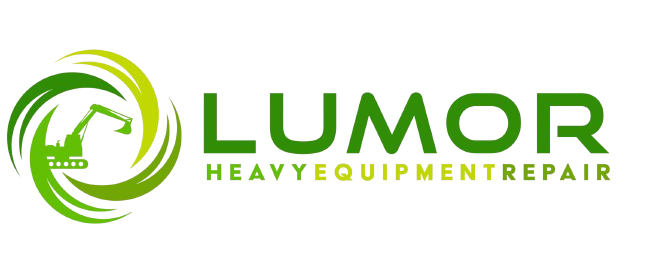Imagine investing tens of thousands, or even millions, into high-grade machinery, only to watch it break down months later due to misuse. It’s not a mechanical issue. It’s a people issue.
And it’s avoidable.
In industries where equipment is the heartbeat of operations, construction, logistics, agriculture, mining, or manufacturing, the operator is not just “the driver.” They are the frontline caretaker of one of your biggest capital expenses. Yet too many businesses overlook this.
Here’s why that’s a costly mistake, and what you can do instead.
❌ The Cost of Poor Equipment Operation
You might think most equipment failures are due to manufacturing defects or wear-and-tear over time. But research says otherwise.
According to Caterpillar and other heavy equipment leaders, over 50% of equipment failures can be directly linked to operator error. This includes:
- Failing to warm up machinery correctly
- Skipping pre-checks
- Misusing features due to lack of training
- Ignoring warning lights or unusual sounds
- Operating equipment beyond its design limits
Each of these “minor” issues leads to major costs:
- Increased maintenance frequency and costs
- Downtime (which delays jobs and kills productivity)
- Shortened equipment life
- Higher risk of safety incidents (hello, liability)
- Expensive last-minute rentals or replacements
If you’re trying to reduce variable costs in your business, this is where the bleeding starts.
✅ The Operator Advantage: Training & Routine Matter
Here’s the good news: the solution is simple, measurable, and profitable.
Companies that implement consistent pre-check and post-use routines, along with formal operator training, can reduce maintenance costs by up to 25% annually. According to a study by the Association of Equipment Management Professionals (AEMP):
“Businesses that require daily walk-arounds and regular inspections report 20–30% fewer equipment failures and up to 15% more operational uptime.”
Let’s put that in dollars: if you’re spending $200,000/year maintaining a fleet, that’s $50,000 in preventable waste.
Investing in operator training doesn’t cost, it pays.
📈 From Expense to Asset: A Business Growth Mindset
In The Business Growth Plan, we learn that consistent profitability is not about cutting corners, it’s about reducing preventable costs. Equipment misuse is a silent profit killer. But if you view your operators as profit protectors, everything changes.
Operators who understand the “why” behind daily checks, who feel trained, supported, and confident, won’t just “use” machines, they’ll protect them.
And when they do that:
- Uptime increases (more jobs get done)
- Breakdowns decrease (less emergency spending)
- ROI per machine climbs (better asset utilization)
- Team morale improves (they see themselves as essential)
You’re not just reducing costs, you’re building a smarter, leaner operation that can scale.
🧰 Practical Steps to Implement Immediately
Want to see these results in your own operation? Start with these three high-ROI actions:
- Daily Pre/Post Check SOPs
Create laminated checklists for each piece of equipment. Make it visual, simple, and mandatory. - Quarterly Operator Training
Partner with your equipment manufacturer or host internal sessions. Keep it hands-on. Celebrate your best operators. - Track & Report Equipment Performance
Use QR codes or tablets for operators to log machine status, fuel usage, and hours. Data drives smarter decisions.
🟢 Final Thought: Your Operators Are Your First Line of Profit Defense
Stop thinking of equipment maintenance as the mechanic’s job. It’s the operator’s responsibility first, and your responsibility to empower them.
Businesses that train, support, and systemize their operator programs don’t just protect their machines. They protect their bottom line.
It’s time to move from reaction to prevention, and from cost-heavy to profit-smart.
Resources:
